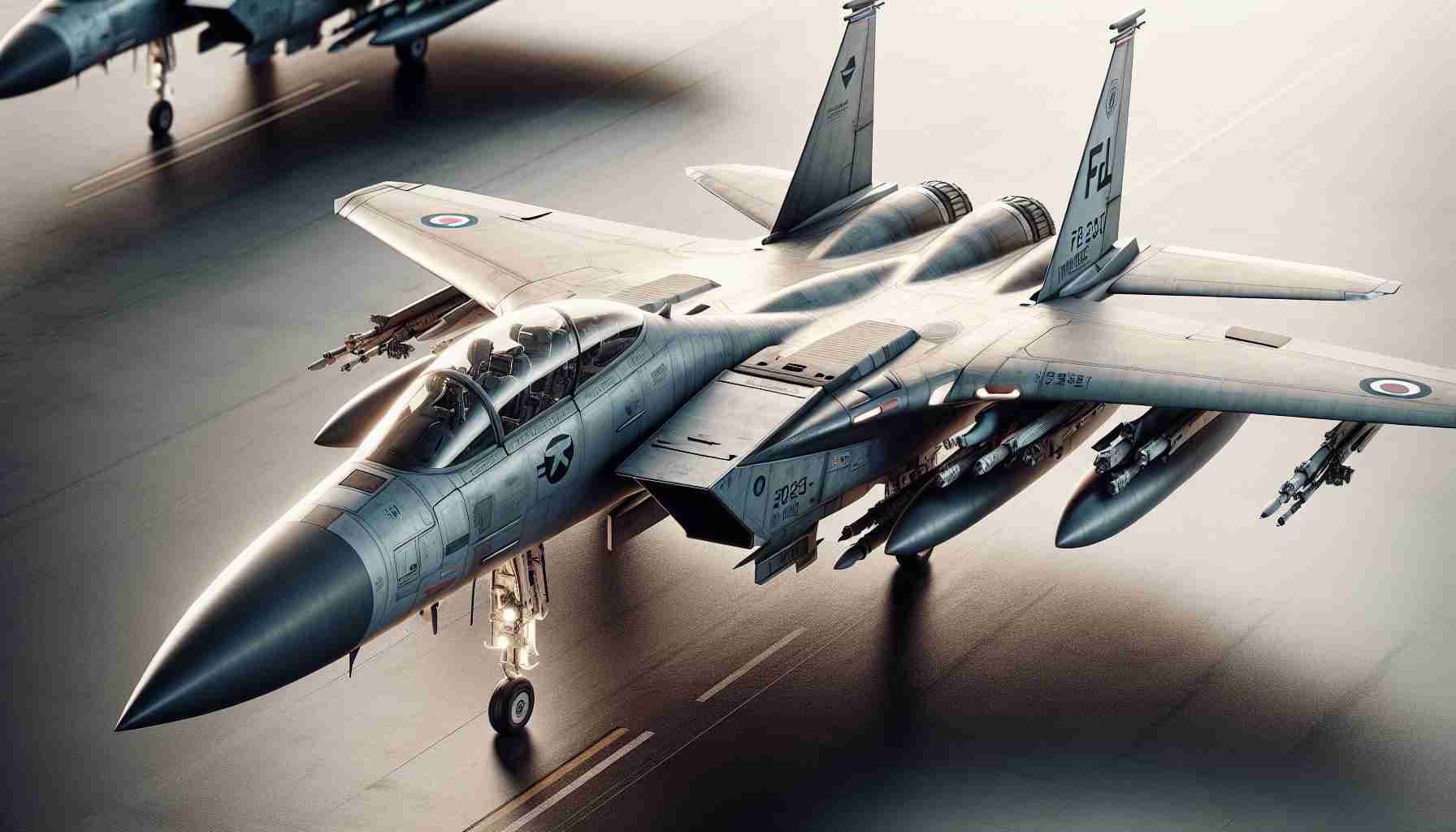In a significant move to bolster its aerial capabilities, the South Korean Air Force is set to transform its F-15K Slam Eagle fleet with a major upgrade package. The U.S. State Department has greenlit a potential sale, estimated at $6.2 billion, enabling these jets to match the advanced F-15EX Eagle II configuration currently serving the U.S. Air Force.
The Upgrade Details
The overhaul will equip the F-15Ks with cutting-edge technology, including Advanced Display Core Processor II mission computers, AN/APG-82(v)1 Active Electronically Scanned Array (AESA) radars, and AN/ALQ-250 Eagle Passive Active Warning Survivability System (EPAWSS) electronic warfare suites. South Korea will also receive a comprehensive support package featuring maintenance, modifications, and parts.
This upgrade plan, initiated in 2022, aligns with South Korea’s broader strategy to enhance its defense capabilities. Alongside the F-15K improvements, the nation is upgrading its KF-16 fleet and incorporating the latest technology in its acquisition of the F-35 Lightning II and KF-21 Boramae.
A Strategic Transformation
Originally introduced in 2005, the Slam Eagles play a pivotal role in South Korea’s multirole missions, particularly in executing long-range strikes. Currently, these planes operate from Daegu Air Base, strategically positioned away from the DMZ but still capable of reaching key North Korean targets.
This comprehensive modernization effort not only upgrades avionics and systems but also prepares the F-15Ks for future threats, ensuring interoperability with U.S. forces. The move affirms South Korea’s commitment to maintaining a robust, future-ready air defense posture in light of evolving regional challenges.
How South Korea’s F-15K Upgrade Could Redefine Aerial Warfare
As South Korea embarks on a major upgrade of its F-15K Slam Eagle fleet, the ripple effects of this move could transform both military technology and the strategic capabilities of allied nations. This $6.2 billion initiative not only represents a leap in South Korean defense technology but also spotlights critical questions about the future of international defense collaborations and technological advancements.
Groundbreaking Technology and Its Implications
By incorporating cutting-edge systems such as the Advanced Display Core Processor II and AN/APG-82(v)1 radar, South Korea is integrating its aerial forces with next-level capabilities. These technological advancements are designed to significantly boost situational awareness, electronic warfare capabilities, and overall efficiency in combat scenarios.
Interestingly, these improvements go beyond the immediate tactical advantage. They position South Korea as a key innovator in military technology within the global stage. This upgrade could inspire new technological developments, encouraging innovations in defense technology that stretch across borders and allied forces.
The Debate: Security vs. Escalation
With such technological leaps come significant debates. The enhancement of military capabilities might be perceived as a security measure by some, offering strong deterrence against potential threats. However, others argue it could provoke an arms race in the volatile region surrounding the Korean Peninsula.
Does enhancing defense systems lead to peace, or does it spur rivals to develop countermeasures, heightening regional tensions? This question lies at the heart of global defense diplomacy and is critical for nations managing advanced military technology.
Technological Advancements: Opportunities and Challenges
On the one hand, the technological strides reflected in the F-15K upgrade signal a promising step toward more sophisticated and integrated defense networks. Enhanced interoperability with U.S. forces, for instance, strengthens coalition capabilities and ensures more cohesive joint operations, a vital aspect of modern military strategy.
On the other hand, rapid advancements pose significant challenges. Maintenance of these complex systems requires extensive logistical and technical support, often leading to increased dependency on foreign technology providers. Could this dependency compromise national sovereignty, or is it a necessary trade-off for cutting-edge capabilities?
What Lies Ahead?
As we look to the future, will the modernization of military technologies lead to groundbreaking peaceful resolutions, or will it continue to fuel a cycle of technological competition? These considerations are vital as nations like South Korea navigate the intricate balance between advancing defense technology and ensuring regional stability.
For those interested in exploring the broader context of defense transformations and advancements, visit the official U.S. Department of Defense and Republic of Korea Ministry of National Defense websites to stay informed on these impactful developments.







